How to Create a Great Corporate Identity: A Complete Guide
Corporate identities are built through corporate branding, identity architecture and corporate style. They are designed for maximum visibility and brand identification.
You don't always get to choose your corporate identity, but the one you create does matter. Ask any entrepreneur who tried to launch a new business without a logo and found no one wanted to do business with them. That's why spending a little time and energy creating a distinctive corporate identity is essential.
Your brand is what makes people associate your company with specific values, experiences, products, and services. When your brand stands for something, people will want to do business with you. Even if your corporate identity is not perfect at this stage, that doesn't mean you shouldn't try to improve it. Once you get your logo and colour scheme down, it'll become easier to tweak your branding later.
Many businesses opt for a simple look to make it easy for their clients to visualise their company when they hear the name. However, using a complex design can also be effective. It may take some time to perfect, but once you have, you'll be glad you spent the time and effort.
If you run a business, you need a corporate identity. This could be a logo, website, stationary, letterheads, business cards, signage, or any other element that identifies your business. It's the face of your company, so it's important that it accurately represents your brand and values.
But it can be tricky to develop a distinctive corporate identity, as you don't want to alienate customers or employees, and you don't want to put yourself at a disadvantage compared with your competitors.
This article will cover the critical aspects of designing a unique corporate identity, from choosing the suitable typeface to ensuring your logo stands out.
Table of Contents
How to Choose the Right Logo Design for Your Business

The corporate logo is the symbol of a company or organisation. It is its most distinctive feature. It represents the company and its products. A strong logo gives the organisation credibility and establishes its presence in the market. A weak logo is like a link in a chain that pulls down the whole system. The chosen corporate identity for your business must reflect your brand values and message.
A few things to consider include:
- Does the design align with the corporate brand image?
- Does it positively communicate the brand personality?
- Is it functional?
- Is it memorable?
There are many ways to make a logo powerful and effective. Creating a unique identity that sets your company apart from the competition is also essential. Here are three things to consider:
- Create a strong visual impression with a bold and straightforward design.
- Use an iconic symbol or typeface that is easy to recognise.
- Make your logo clear and distinct so that customers and potential customers can quickly identify your brand.
Some companies opt to use multiple logos. This creates a consistent and cohesive look. However, you should avoid using too many logos at once. Using multiple logos can confuse your audience and distract them from focusing on your business.
Logos must be consistent and harmonious.
A logo is central to a brand's identity and should be designed consistently with the business's message. For example, if a company sells computers, the logo must reflect the functionality and purpose of the computer. A computer manufacturer would use a logo that shows the computer's various functions, such as memory, processor, and disk drive.
To convey a clear and distinct message, a logo should be simple. Don't use words or symbols that are difficult to understand. Your logo shouldn't be cluttered or confusing.
Create a logo that is unique and memorable.
Your logo should be memorable. Customers should be able to tell it apart from other companies logos. Your logo should make an impact on the viewer and encourage them to want to learn more about your company.
The first thing to do is list the elements you want to incorporate into your logo. You need to be creative and consider your company's personality and strengths. Consider these factors when creating your logo:
- Colours.
- Typeface.
- Layout.
- Fonts.
- Images.
- Symbols.
- Letters.
- 3D effects.
- Patterns.
Logo Design Tips

1. Research and Know the Market
As with any marketing campaign, research is the key to a successful campaign. It is essential to know what competitors are doing and what is popular. You can use Google to find out.
2. Identify Your Audience
You need to identify your target audience, how they use the internet, what they care about, and what they like.
3. Focus on the brand
When designing a logo, it is crucial to focus on the brand and what it stands for.
4. Think of What the Logo Will Look Like on Various Devices
The logo size needs to be optimised to appear on mobile phones, tablets, and laptops. You should also ensure that the logo looks good in the dark.
5. Check for Alignment
When designing a logo, it is vital to check that it aligns correctly. This is crucial to the success of your design.
6. Make the Logos Consistent
It is imperative to make all of the company's logos and respective products consistent. You should also ensure that the colours used in the product's packaging match the company's logos.
7. Keep it Simple
The more complicated a logo is, the more difficult it is to keep up with. In addition, complex logos require more time, money, and resources. You should therefore avoid them.
8. Be Original
Don't copy other brands or logos. You lose your uniqueness and originality when you copy, and you may even get into legal trouble.
9. Don't Forget Your Target Audience
When designing a logo, you should try to create a logo that speaks directly to your target audience. This is not only beneficial to your company, but it also helps build a positive brand image.
10. Remember, Your Logo is a Key Part of Your Brand
The logo should be a crucial part of your business strategy. It should communicate the brand and have a lasting impact on your audience.
How to Select a Branding Statement That Will Be Successful
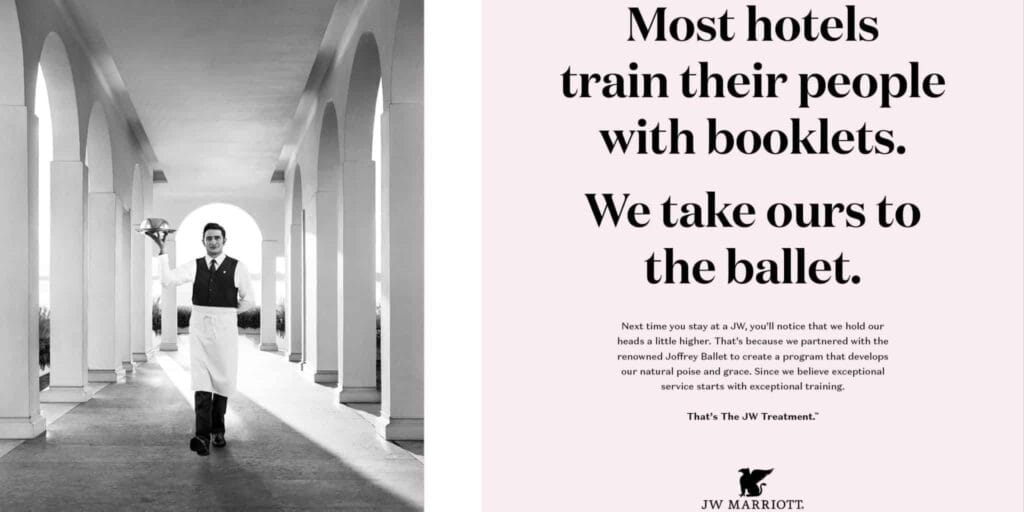
We live in a world that moves at a rapid pace. People are always on the go. We want the information to reach us immediately, so we don't spend as much time reading lengthy text messages or emails.
The problem is that people may get frustrated when you send a mass text message or email because they don't understand precisely what you are saying. You might get a message saying, “I didn't get that” or “I don't understand”. This means that you haven't communicated effectively.
You want your message to be understood. If you're sending out a marketing campaign that involves multiple messages, you want people to be able to absorb the information quickly.
This is why branding statements that are visually appealing and easy to understand will work best. People appreciate looking at something that they want.
What Should Your Branding Statement Include?
The branding statement should include:
- The name of the company or product
- Your contact information
- A description of the products and services
- How to use them
- An offer that is unique to the brand
For example, your brand could be “The Company That Cares”. It doesn't need to be longer than 50 characters. The point is that it's concise and to the point.
A branded logo is also an essential part of the branding statement. If you don't already have a branded logo, it's crucial to have a design expert create one for you. The logo should include your company's name and a distinctive, memorable logo.
How to Develop a Marketing Plan Based on Your Branding Statement
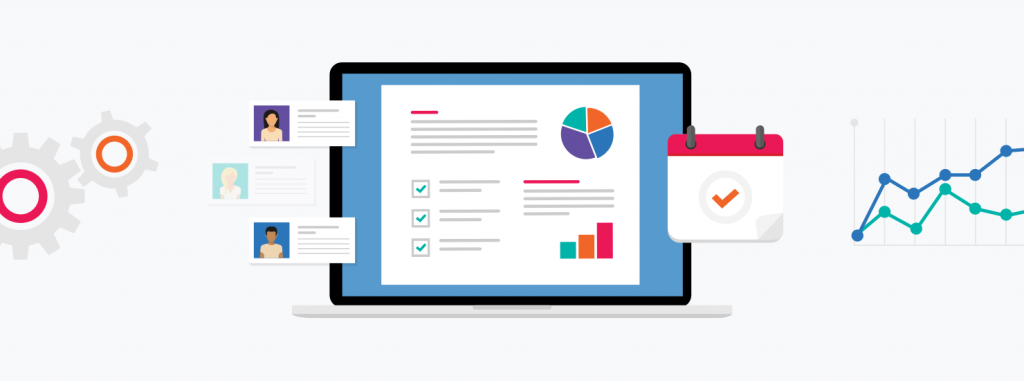
You need to think of branding as a creative tool that helps companies build trust with the consumer. And trust is the essential element of any business. So, when people see a logo they connect with, they want to do business with the company.
A clear branding statement is essential, so you can focus on communicating that message through your company's logo. Then, you can develop a plan for using that message to market your business to customers and prospects.
When planning your branding strategy, consider the following:
- The business goals you're pursuing
- Your brand's positioning – what do you want your brand to stand for?
- Target audience
- Why should people care about your brand?
- Who will buy your products or services?
- The type of customer you're trying to attract
Develop a clear branding statement. First, think about what it is that makes your company unique. This may be a benefit, such as “low prices” or “environmentally friendly”, or it could be a weakness, such as “not available in all areas.”
Once you have a branding statement, write it down and make sure it's visible. Then, work on creating a logo that reflects your branding statement. When creating your logo, ensure the brand colours, font, and images are consistent with your branding statement. Also, ensure that your logo has visual weight. If it's too subtle, it won't be memorable.
You'll also want to develop a marketing plan focusing on your brand statement. This will help you understand what marketing you need to conduct to achieve your business goals.
Begin by identifying your target audience. Who are your customers, and what are their needs and interests? If your target audience is your employees, think about how they'll use your product or service.
Then, think about why people should care about your brand. How will they benefit from working with you? Will your products and services help them make a positive change in their lives? For example, if you sell eco-friendly household products, people should care about your brand because it's better for the environment.
Next, identify the type of customer you're trying to attract. Consider what qualities are important to you as a business owner and your target audience. Are you looking for someone interested in your product or service because of the price or the quality?
You may also want to consider your company's position in the marketplace. Do you want to focus on the lowest cost options or the highest quality products and services? Then, look at your competitors. Are they in the same marketplace but offer different products or services? If so, you need to differentiate yourself and your brand.
You can begin developing your marketing plan based on your answers to these questions.
Why You Need a Professional Designer
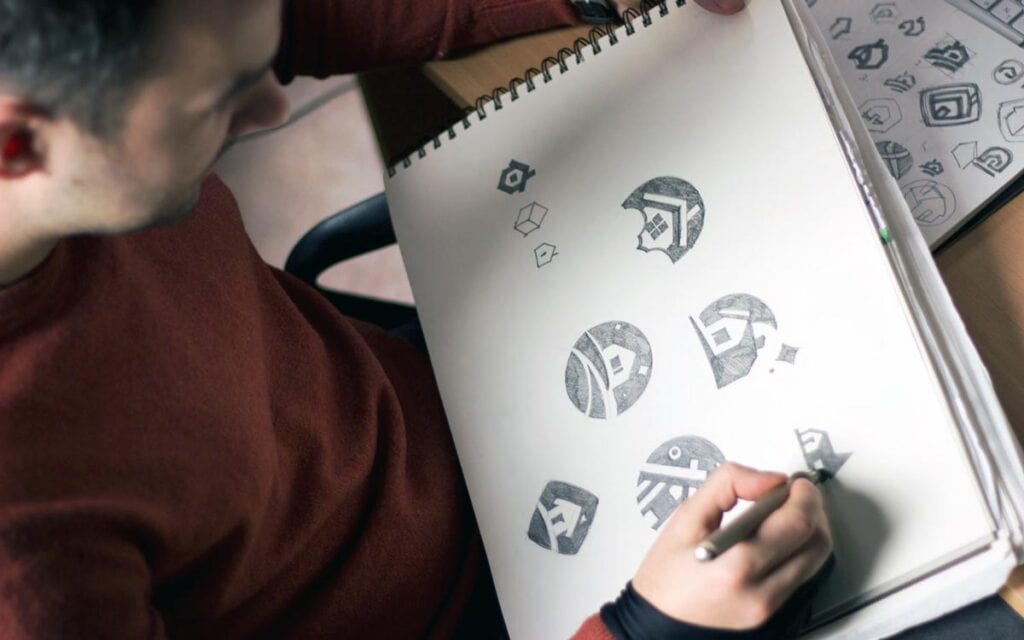
Many companies still design their identity, brand and marketing materials without the expertise and experience of an expert designer. And even though graphic design is a specialised field, many people think they know what they are doing. This results in amateurish designs, poor communication of corporate brand identity and branding and poor performance in the marketplace. The average company spends $5,000 to $10,000 annually on graphic design for its marketing and brand communications.
The average freelance illustrator makes about $50,000 annually as the most significant professional graphic designer. However, this figure can vary depending on the company's size, the number of projects they do and the complexity of their work.
Larger companies with complex business processes, multiple products, and require creative solutions are among the most profitable clients for freelancers. These companies hire designers to create various visual solutions such as websites, collateral materials, publications, presentations and promotional materials.
In addition, the average freelancer is hired to create various graphic art pieces, including logos, posters, book covers, advertisements, flyers, business cards and other marketing materials.
When designing an identity, the quality of the design is a critical factor in creating a compelling message that resonates with the target audience. Companies need to be aware of the quality of graphic design and communication skills they expect to see from their designers and hire freelancers that meet their needs.
There are many different types of graphic designers, and it is crucial to hire someone with the proper training and experience to fulfil the specific requirements of your project. Freelance illustrators and designers can be found online at local art schools and colleges. Finding a graphic design specialist who meets your budget and can provide high-quality work is essential.
Regarding your design, it is vital to know what your final product should look like. Before you hire a graphic designer, spend some time researching the company's history, mission statement, products and services, and business practices to help ensure your design fits the company's overall vision. Once you've defined the end goal, you'll be able to discuss the design strategy and the look and feel of the end product.
A logo is the company's first impression, and the designer needs to know the purpose of the design. A well-designed logo communicates the brand's goals, values and mission. It also helps potential customers know the type of client they will be dealing with.
A logo can be either a simple, clean, timeless mark or a bold, colourful, dynamic one. Your brand should be consistent and cohesive across all materials. The design process begins with a sketch, and the designer should take the time to create a visual design that communicates your brand's message.
The graphic design elements need to reflect the type of work you are doing. For example, your design should include the site's colour palette and font if you are creating a website. If you create a brochure, your design should include the company's logo, name and contact information.
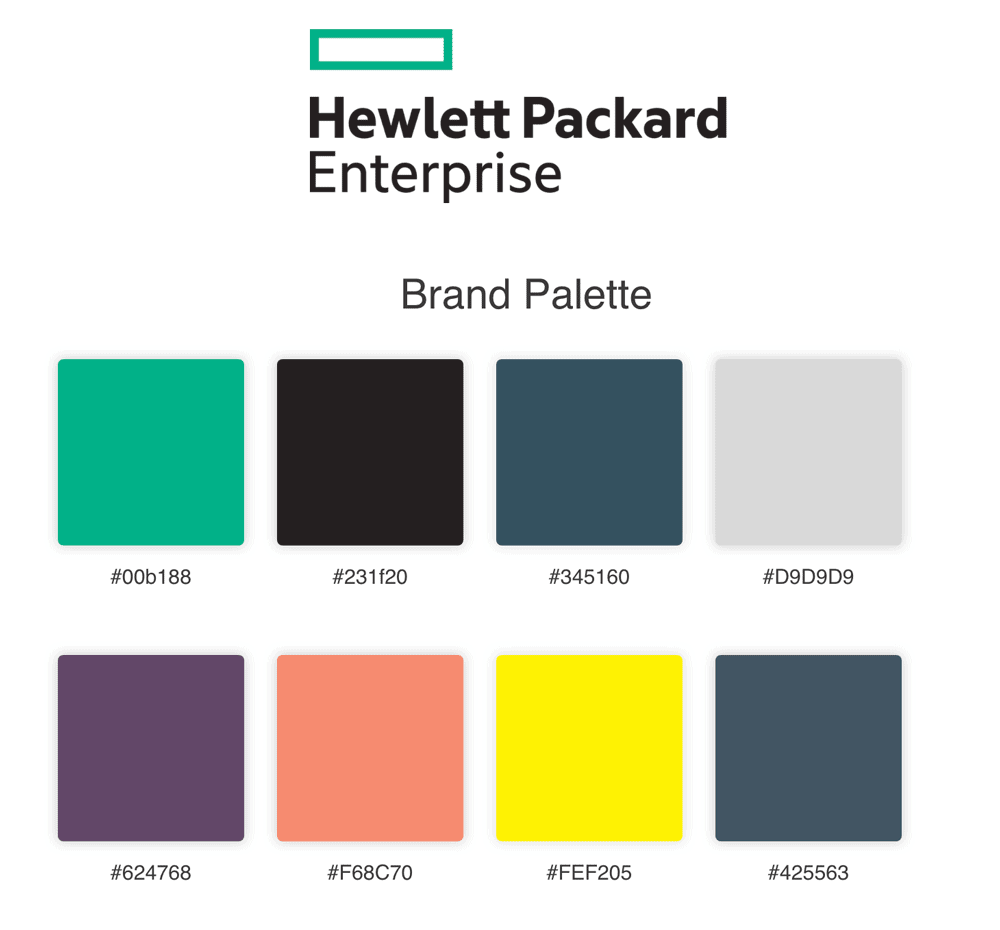
The best graphic designers understand the importance of working closely with their clients. They ask for feedback and try to understand your business goals and objectives so that they can help you communicate your brand effectively.
A strong relationship between the client and the designer is essential. After the design is complete, the client will evaluate the finished design, which should be finalised.
Designers should be versatile and adaptable to their client's needs. They should be willing to collaborate with their clients to ensure that the design reflects their values and culture.
Are you looking for a company that has the experience, expertise and creativity to create the best logo for your company? Or are you looking for a graphic designer who can assist with your corporate identity and branding? Then look no further!
We offer creative solutions, professional services, exceptional value and superior customer service. Our design services are competitive, and we have provided outstanding results for our clients over the years.
As a boutique design firm, we specialise in small business logo design, corporate identity design, brand identity and corporate marketing materials. In addition to our custom logo design services, we offer a variety of creative design solutions for business owners looking for a fresh approach.
Whether it's a small business logo design, a corporate logo design, a logo for your company, a business card design or a new marketing campaign, we can help you get the perfect look. We're creative, belief in the power of design, and are excited to share our love of design with you. We take pride in our work, and our commitment to each client is 100%.
Building Brand Awareness

We are all busy. Time is valuable, and it is often difficult to carve out the time necessary to create and maintain a well-designed corporate identity. We've found that the answer lies in a simple process. When developing a corporate identity, it is vital to consider the design's purpose and ensure that it reflects this.
Once the purpose has been identified, and the audience and design style has been decided upon, the design is completed through digital assets.
When creating a corporate identity, the process starts with a clear idea of the company's purpose. While some companies have a clear sense of purpose, it is often the case that companies begin with a vague idea of the kind of image they want to convey. As such, it is critical that the company's purpose is clearly articulated and that the design aligns with that purpose.
We developed a process that ensures a consistent design across all media, including the website, collateral, social media, advertising, etc. This process allows us to work with a defined style guide, ensuring consistency across all channels.
Brand Identity
When developing a corporate identity, it is essential to consider how the design will be perceived. We ask ourselves, “What is the purpose of the design?” By defining the purpose and audience of the design, we can build a strong foundation for the design. Once the purpose is established, and the audience and design style has been chosen, we can begin developing the brand identity.
Developing a Corporate Identity
When creating a corporate identity, we first identify the design's purpose and decide on the audience, style, and tone. The purpose is the most critical piece and often the easiest one to articulate. For example, a bank that wants to provide a sense of trust, security, and reliability could use the following statement: “We are committed to providing our customers with the most reliable service possible.”
This statement provides a clear purpose for the design, and the audience is clear, as the customer is the primary focus of the design. The style and tone come next; we'll discuss these in more detail below. Once the purpose and audience are identified, we can move to develop the brand identity.
Brand Identity Development Process
Once we clearly understand the purpose and the audience, we can develop the brand identity. This involves a few key steps. First, we define the tone. What is the overall feel of the design? Is it happy and fun, or dark and serious? Is it corporate or more whimsical? The tone is the second most crucial aspect of the design, and it is often the one that requires the most discussion.
Next, we establish the style. Is it a clean and simple design, or is it a more graphic and colourful one? Once we have established the tone, we can move to the style.
Design Style Guide
Once the tone is established, we can begin developing the style. To do this, we need a style guide. The style guide helps us ensure that the design is consistent across all media and appropriately formatted. This way, we can work with the same elements across all forms of communication. The style guide should contain the following elements:
- Logo
- Colours
- Typography
- Graphic Elements
- Print Media
- Online Content
We will create a series of designs as we develop the style guide. These designs can range from colour schemes to logos and typography. Once we have a series of designs, we will review the different options and select the one that best conveys our message.
Designing the Website
We have also created a design template that includes a logo, colour scheme, and other elements we use for every website. In addition, we also provide colour palettes and font selections.
The next step is to create a mood board or a collection of design ideas. Our mood board is based on the purpose of the design and is not simply a collection of colours. It is a place where we can visually explore ideas and begin understanding each element's potential impact.
Next, we create a concept, a complete rendering of what the design will look like when developed in the most detail. Once the concept is approved, we begin to develop the actual design.
While the process above sounds complicated, it is very straightforward. The idea is that the rest is easy as long as we clearly understand the purpose, audience, and design style.
Creating Brand Loyalty
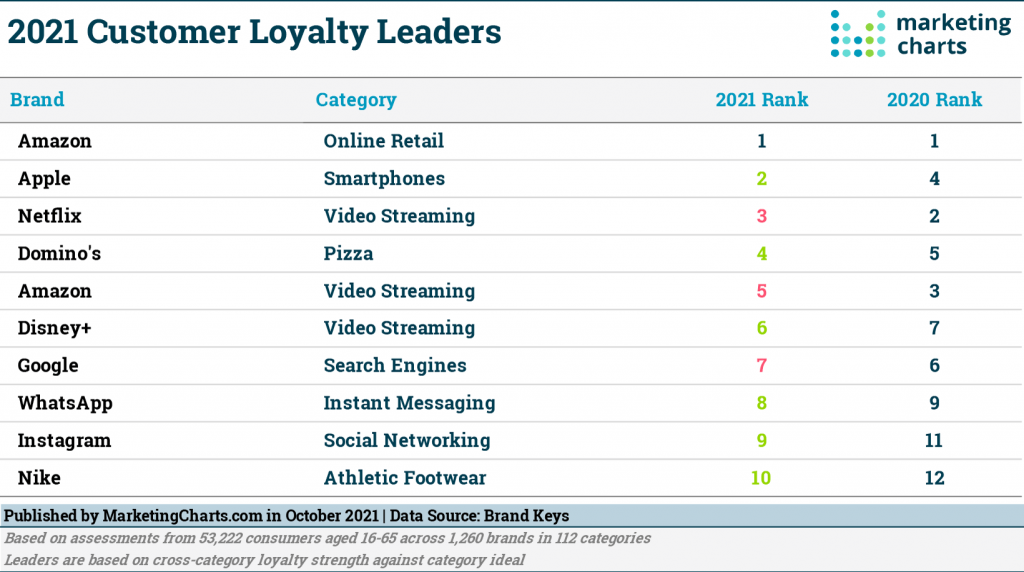
Clients often ask us how to create brand loyalty for a corporate identity. They want their brand to stand out in the marketplace but are unsure what's needed to achieve that goal.
Brand loyalty is a term used to describe a customer's loyalty to a company's products or services. It refers to how consumers associate their identity with the brand. In other words, brand loyalty is how much consumers identify themselves with the brand's products or services.
Consumers who buy a product or service that they feel represents them, or their lifestyles are more likely to buy more of the product or service in the future. They'll become brand loyalists.
Why Should a Business Brand Loyalty Matter?
Brand-loyal consumers trust the company's products and services and are less likely to switch to competing brands. In other words, they're less likely to switch suppliers.
Suppose you're looking to generate business loyalty for your company. In that case, it's critical to communicate clearly with your customers and prospects about what you offer and why they should buy from you. You must demonstrate to them why your products or services are better than the alternatives and why they should select you over other companies offering similar products or services.
How Does a Brand Loyalty Program Work?
Most businesses are already developing ways to build brand loyalty among their customers. Typically, this happens through advertising, word of mouth, and other marketing strategies that let customers know that the brand cares about their needs.
For example, a company might market a specific product to women who are expecting, or they might advertise a “new mom” discount that encourages moms to shop. In addition, a company might run an advertising campaign that promotes its brand name and then reward customers who promote the company's brand.
You can encourage brand loyalty in a variety of ways. For example, you might:
- Advertise with print, television, or online media that feature your company's name and logo
- Provide rewards or discounts to customers who tell others about your company
- Engage employees and reward them for promoting your brand
- Develop a robust and unique image and personality for your brand that consumers like, and make sure to emphasise your strengths and the benefits of your brand.
- Ask your business's employees to use your logo on the items they sell, and tell customers who purchase from them to use your logo.
- Promote your company's name on billboards or bus stops near your customers' locations, and put up ads in local newspapers that feature your company's name.
- Create memorable events that encourage your customers to come into your business.
- Offer discounts or other incentives to customers who refer your business to others.
What Do I Need to Know Before Creating a Brand Loyalty Program?

There are two components to a brand loyalty program. The first is your marketing strategy. The second is the tools and systems you need to develop and implement that strategy.
Marketing Strategy
First, decide what you want to do to build brand loyalty. For example, are you looking to increase sales, reduce customer complaints, retain existing customers, or attract new customers? Once you have a clear goal in mind, determine the actions you want to take to achieve it.
Next, decide how you'll measure your success. A simple goal might be to increase sales by 15%. If your goal is to reduce customer complaints by 10%, you'll need to measure the number of complaints you receive and compare that to the number of complaints you received before implementing your new program.
The second component of a brand loyalty program is a system for measuring your program's success. When implementing a brand loyalty program, create a way to measure your results. You might track the number of customers you attract with each marketing campaign, the number of customers who purchase from you more than once, or the number of employees who promote your company's image.
Tools and Systems
When creating a brand loyalty program, selecting the right tool is essential. Marketing tools such as Facebook, Google, and Twitter can help you reach your target audience, while email marketing software helps send out promotional messages to your customers. Customer relationship management (CRM) software can help you manage your database of customers and help you analyse what's working and what isn't.
Also, consider the systems you'll need to implement your brand loyalty program. It's a good idea to set up a marketing automation system to help you automate your marketing campaigns so you don't have to keep doing all the work yourself. This will save time and help you be more efficient with your marketing dollars.
Other systems you may want to consider are a website, an eCommerce platform, or a mobile app. These systems can help you build loyalty by giving your customers more reasons to buy from you.
Conclusion
This is where your business comes to life. Your brand defines everything about your company. So, you need to pick a name that tells people exactly who you are and what you do.
Then, you need to choose a design that works for your brand. You'll want to use images that reflect your company and its message. And lastly, you need to make sure your logo looks sharp.
That's where the experts come in. They're the ones who will help you create a logo and design that will set you apart.
Find out more about creating a corporate identity in this guide.
